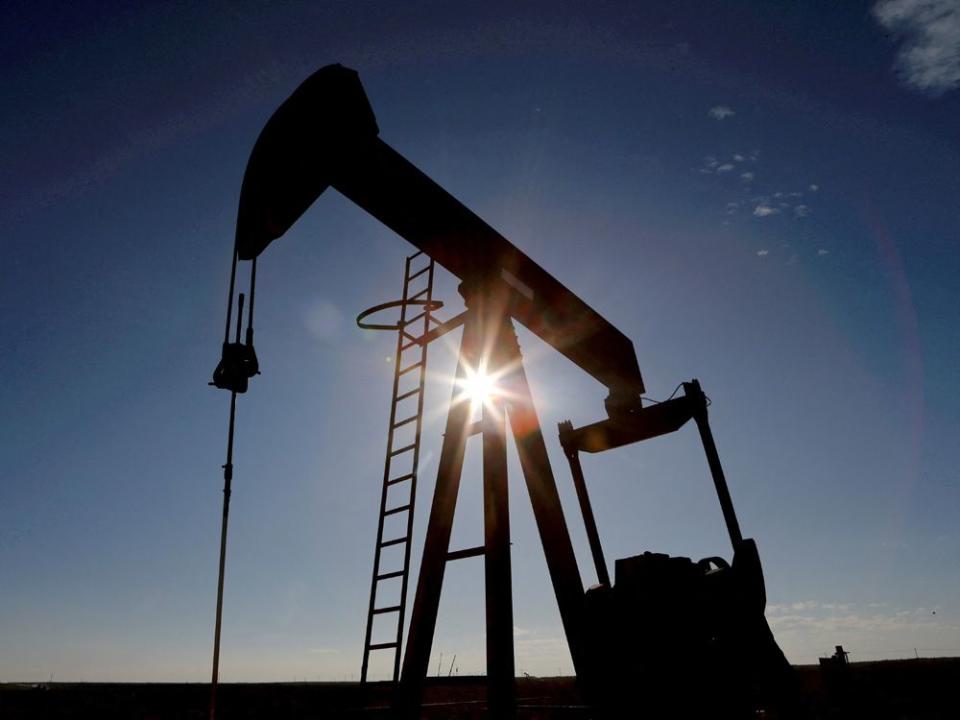Ignore the politics and rumours when looking at oil's short- and long-term potential

Politics can be a tough business, especially when it comes to its influence over markets.
For instance, the Joe Biden administration seems to be doing an excellent job of talking down oil prices ahead of midterms. Any time oil prices rebound, rumours of a deal with Iran suddenly hit the market, or the Energy Information Administration releases data showing gasoline demand has somehow impossibly fallen back to 2020 COVID-19 levels.
However, while jawboning may have a near-term impact on pricing, fundamentals will eventually dictate the price and they are creating an excellent opportunity for investors.
Simply put, the world is struggling to meet energy demand due to inadequate supply, even in a weaker economic environment.
Outside the United Arab Emirates and Saudi Arabia, there is little to no spare capacity coming out from the Organization of the Petroleum Exporting Countries (OPEC), with some pundits saying the cartel is producing more than 2.5 million barrels a day less than what it claims. Then there were uprisings last week in Iraq, OPEC’s second-largest producer, following the resignation of an influential cleric that couldn’t come at a worse time.
The problem, which many outside the industry don’t seem to grasp, is that the sector has been massively underinvested in for more than a decade as governments such as the European Union, United States and Canada have gone all in on policies designed to severely restrict domestic oil and gas development while focusing on renewables and electric vehicles.
Some states such as California are still proceeding with plans to ban the sale of gasoline vehicles by 2035 despite providing no evidence on how its natural-gas-fuelled electrical grid will support this transition.
According to David Uren, a senior fellow at the Australian Strategic Policy Institute, oil investment fell 45 per cent following OPEC’s stance against U.S. shale between 2014 and 2016, and then 30 per cent following the COVID-19 pandemic. Citing International Energy Agency data, he points out investment in global fuel has been halved to US$680 billion in 2020 from US$1.3 trillion in 2014.
Fortunately, oil from the U.S. Strategic Petroleum Reserve (SPR) has helped put a Band-Aid on this supply shortage. In particular, the U.S. did a good job of releasing the grade of oil sufficient to meet refinery demand, with 85 per cent of the oil sold by the SPR being medium sour.
However, refiners have been unable to keep up, sending distillate inventories down to critical levels in some regions heading into winter. For example, diesel fuel and heating oil are 63 per cent below the five-year average in New England and 58 per cent below the same average from Maryland to New York, according to a survey by the Department of Energy.
Now you have a situation where SPR levels are down to March 1985 levels, and much of the remaining oil is unsuitable for refineries, so it will likely have to be exported.
For those wondering what kind of upside there is to oil pricing from here, we think Goldman Sachs Group Inc. economist Jeff Currie nailed it in his CNBC interview last week.
Got the time? Auditing these three pillars can help investors find the help they need
Investors would be wise to stay objective and ignore the subjective opinions of others
Three strategies to help you take the emotion out of investing
“Historically, every time the macro markets like the yield curve tries to price in a recession like it did before Jackson Hole last week, and you don’t get the recession in the U.S., oil rallies 80 to 100 per cent after that,” he said.
“Rate hikes in 2006 led to an inverted curve in late 2007, early 2008, oil traded down to US$45 and history rewrote itself with oil going to US$147 in July 2008. The other time was 1994, 1995, big rate hikes, inverted yield curve, recession didn’t happen immediately, and oil rallied 80 per cent.”
This ties into our thesis that the U.S. economy isn’t going to come crashing down as a result of higher interest rates, as many of the vocal long-duration pundits keep telling us. We think the economy will benefit from falling commodity prices and inflation getting cut in half, thereby more than offsetting the impact of rates rising to 3.5 per cent.
If this ends up being the case, imagine the upside in store for oil prices as well as oil companies, which are trading at two to three times cash flow, and still reflecting US$50 oil prices in their valuations. We have been staying the course with our overweight positioning and selectively adding to positions on large drawdown rumour days such as we saw last week.
As summer comes to an end, the SPR gets drained and U.S. midterms end, now is as a good time as ever to at least start preparing for the possibility of a long cold winter since mere rumours or trying to talk down oil will do little, if anything, to offset your home heating and power costs.
Martin Pelletier, CFA, is a senior portfolio manager at Wellington-Altus Private Counsel Inc, operating as TriVest Wealth Counsel, a private client and institutional investment firm specializing in discretionary risk-managed portfolios, investment audit/oversight and advanced tax, estate and wealth planning.
_____________________________________________________________
If you like this story, sign up for the FP Investor Newsletter.
_____________________________________________________________

 Yahoo Finance
Yahoo Finance 